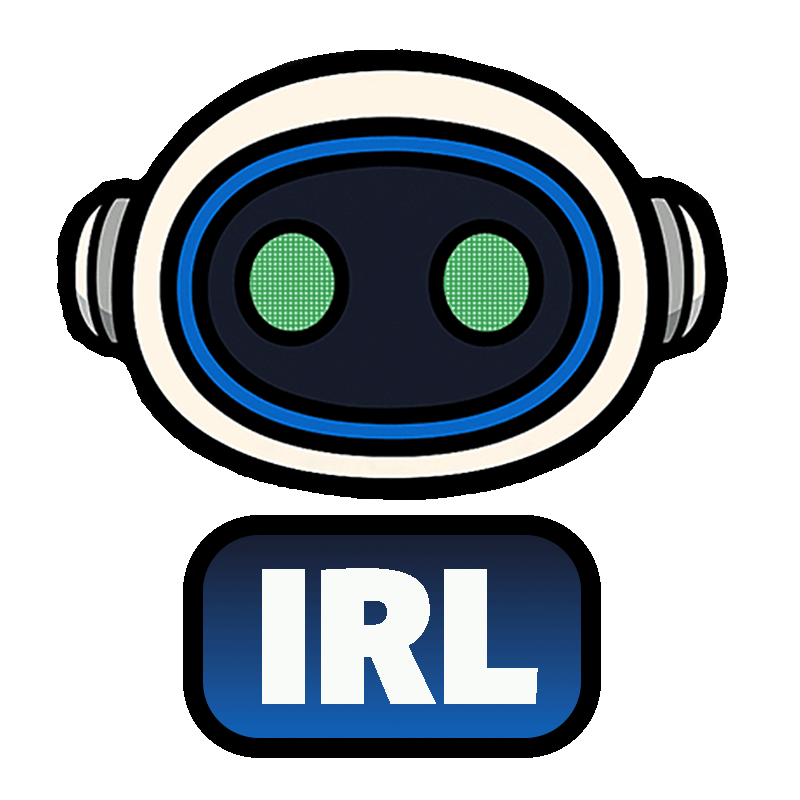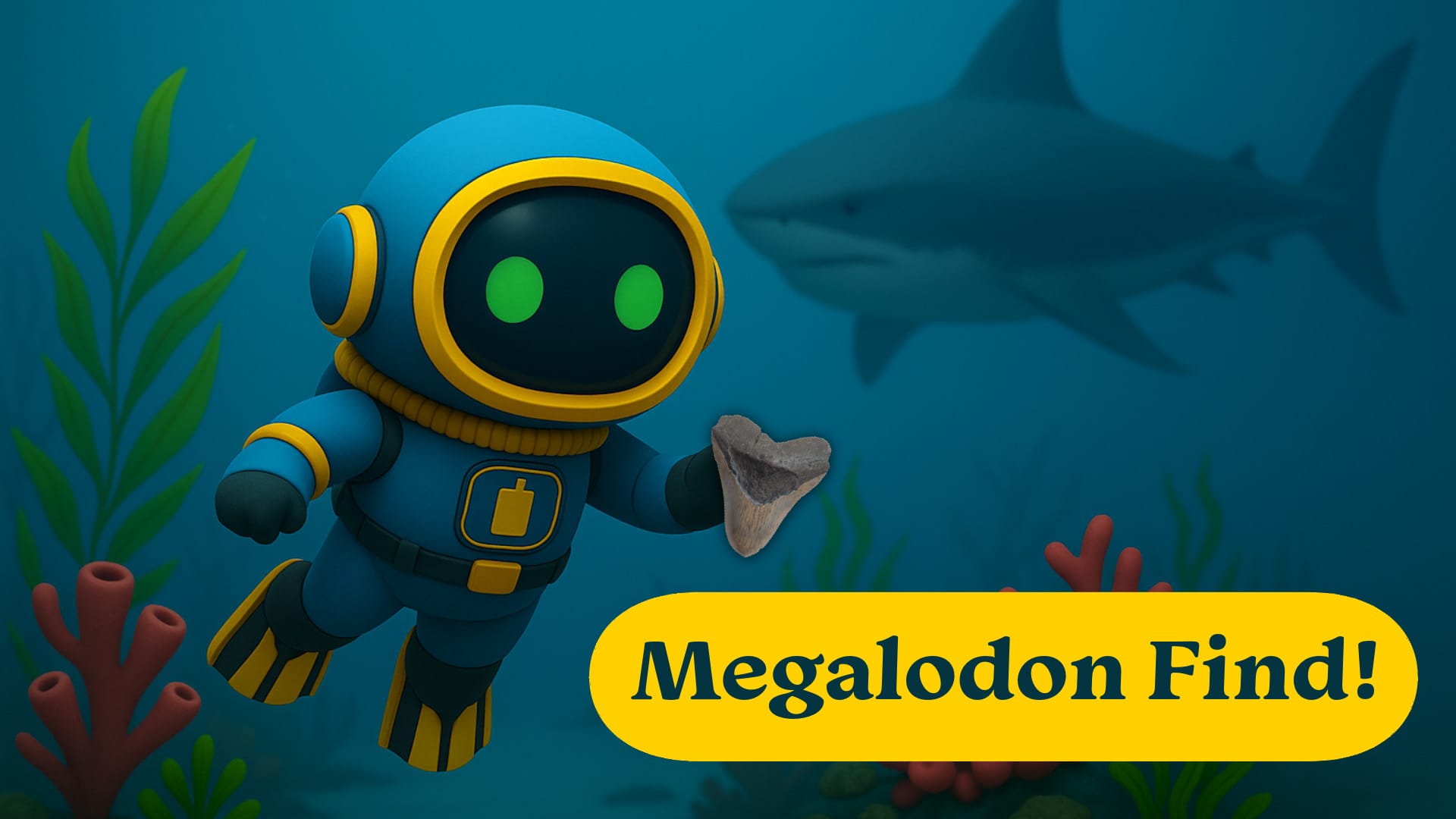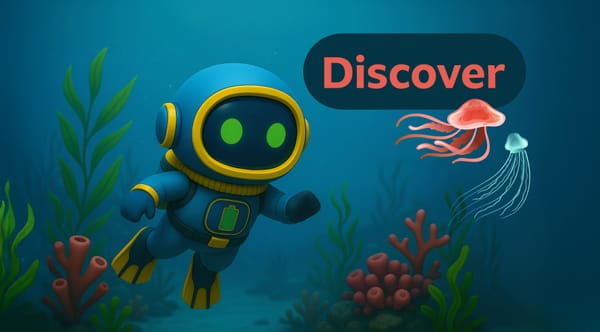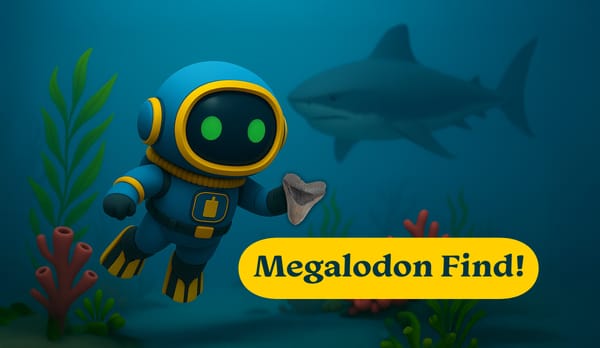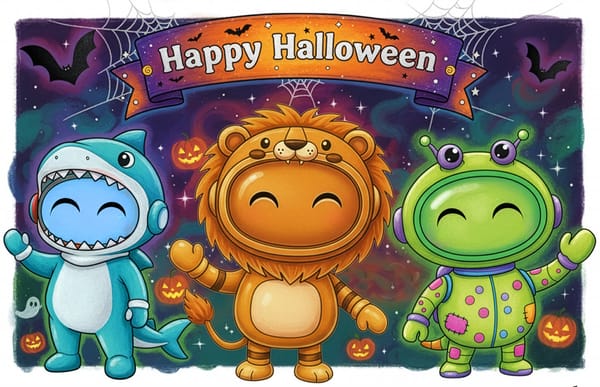Ask ELI: Is This Fossil Real?
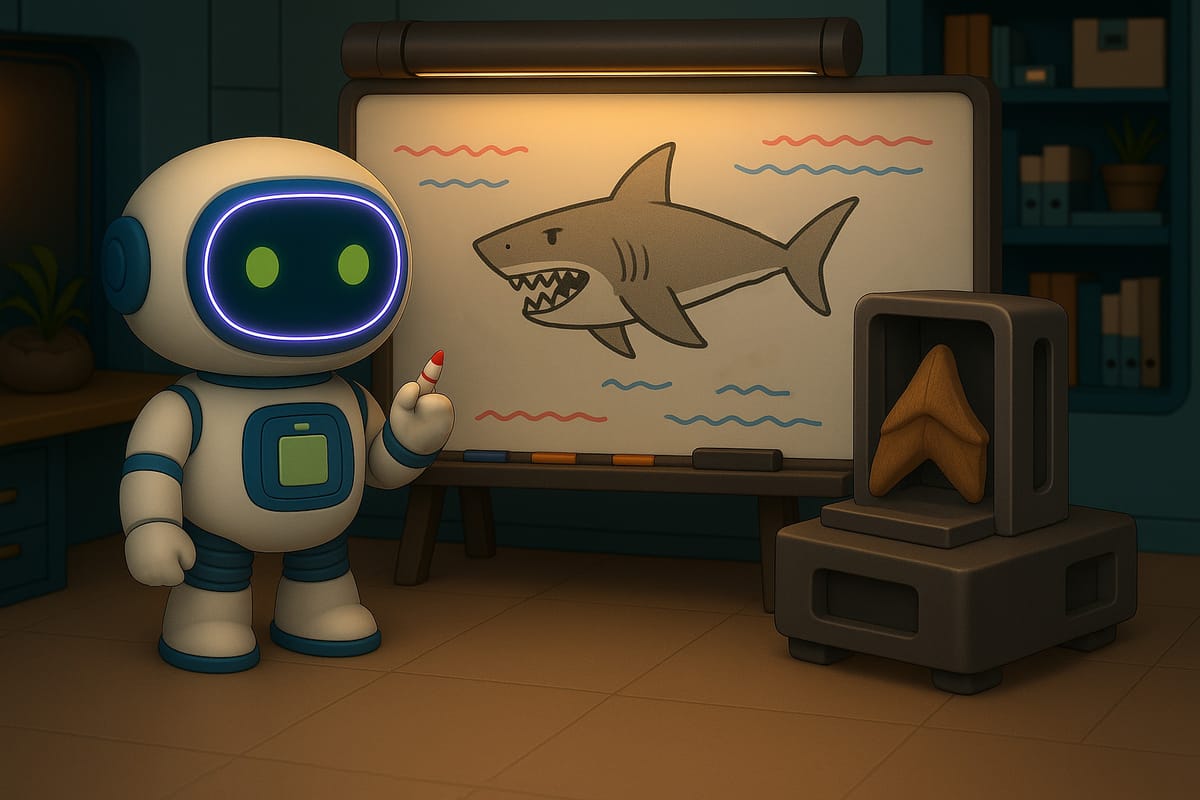
Our robot friend, ELI, loves exploring! On adventures, ELI finds all sorts of amazing things, like cool rocks, mysterious artifacts, and even ancient fossils.
But here’s a secret: the most important discoveries are often left where they are found or given to scientists and museums for everyone to learn from.
So how can we get a closer look? With a replica!
Replicas allow us all to share the experience of discoveries and nature observation around the world for science and learning while leaving special, one-of-a-kind specimens and artifacts where they belong.
What is a Replica?
Imagine you found a giant Megalodon tooth on the beach, just like ELI did! That real fossil is millions of years old, rare, and very delicate. It’s a real treasure!
A replica is a very accurate copy of that treasure for study. It’s not the real fossil, but it’s made to look and feel like the original.
The real Megalodon tooth fossil specimen was found in nature, like at the beach after a storm. The fossilized shark tooth specimen is real.
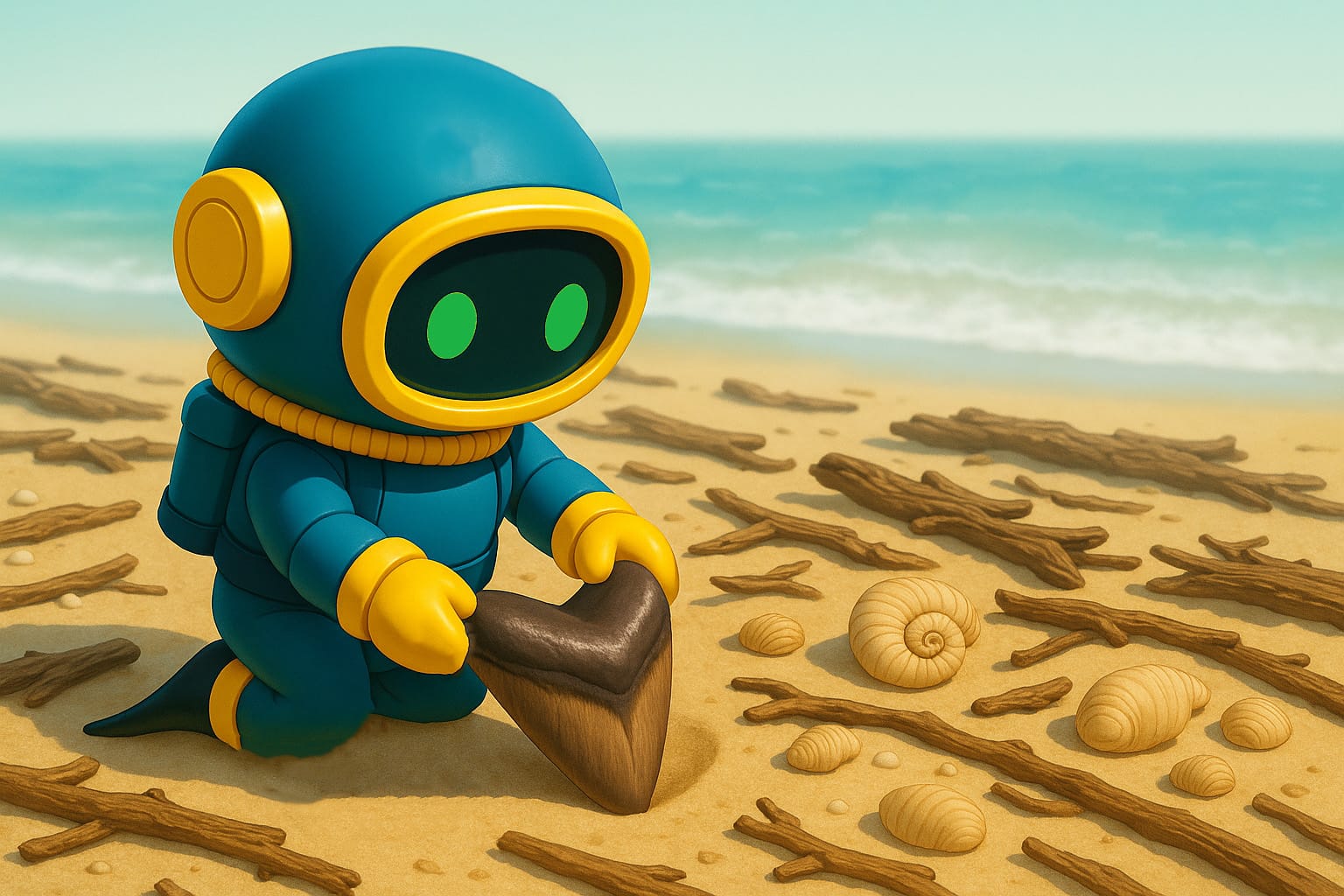
Scientists use photos, measurements, and even special 3D scanners to create a perfect digital model of the real fossil. Then, they can use that model to make a copy, often with a 3D printer!
The real fossil tooth is safely stored by scientists, but the 3D-printed replica lets us hold a piece of history in our hands.

Scientists take pictures of it, measure and scan it to make a good model to copy the real fossil. The model can then be printed on a 3D printer for further study. This version is called a replica. One popular way to make replicas is by 3D printing the replica.
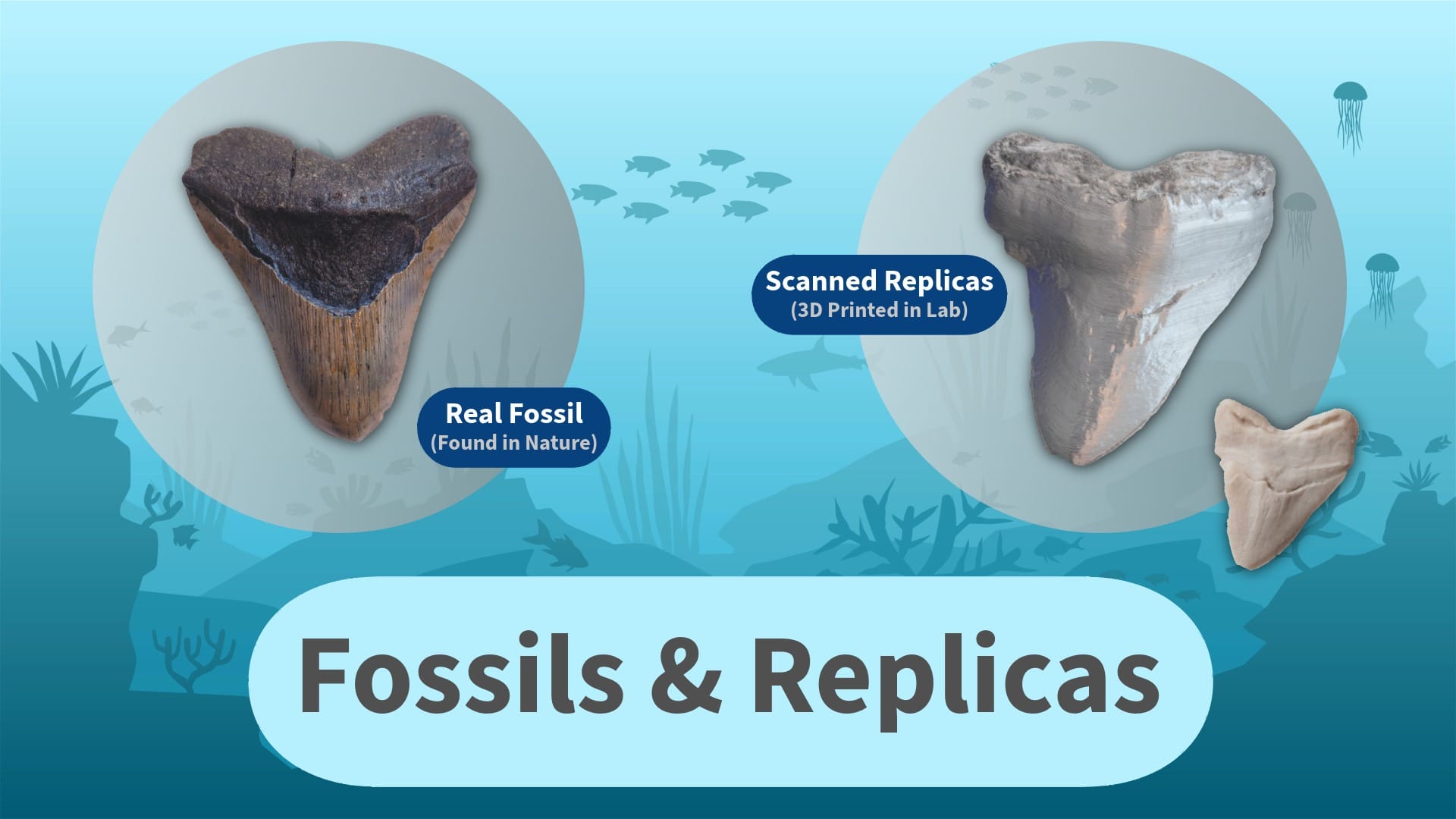
Replicas are a huge help for scientists, explorers, and curious kids like you!
Here’s why:
- To Keep the Real Tooth Safe! Real fossils are millions of years old, which makes them very rare and fragile. If a real fossil breaks, it's gone forever! By studying a replica, scientists can learn a lot about the fossil without any risk of damaging the priceless original.
- To Share with the World! A real fossil can only be in one museum at a time. But by creating a perfect replica, scientists can share it with museums and schools all over the planet at the same time. Thanks to the Smithsonian's 3D scan, we can now make our own replica, too!
- For Hands-On Exploring! This is the best part. Because it's a replica, you can hold it, measure it, and compare it to your own hand without worrying you'll break it.
Replicas help you become a paleontologist, studying the world of the past through fossils, and get a real feel for just how gigantic this amazing shark really was!
🦈 Check out our easy 3D printing projects, like this fossilized megalodon tooth. Perfect for curious little naturalists interested in dinosaurs and sharks.
